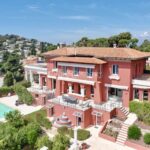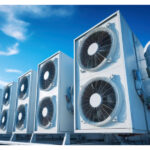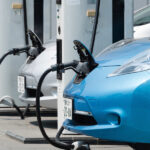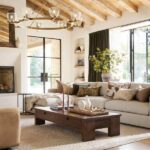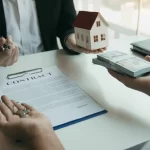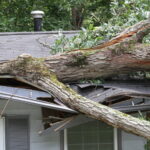As the vibrant city of Seattle continues to grow and evolve, so do the choices people make about their outdoor environments. With space often limited and weather patterns unpredictable, traditional lawns can be more of a burden than a blessing. In recent years, a noticeable shift has taken place: an increasing number of homeowners, businesses, and even public spaces are turning to artificial turf in Seattle as a solution that blends style, sustainability, and simplicity.
The Demand for Low-Maintenance Landscaping
Seattle’s damp climate means grass lawns often become muddy, patchy, or overgrown without constant attention. With the demands of modern life, maintaining a pristine yard can feel like a never-ending task. Mowing, fertilising, weeding, and watering—especially during the city’s rare but scorching summers—requires both time and money. Artificial turf eliminates much of that upkeep, offering a lush, green appearance all year long without the need for regular maintenance.
In a region where water conservation has become increasingly important, especially during dry spells, artificial turf presents a practical and eco-conscious alternative. Households can reduce their water usage significantly, helping both the environment and their monthly bills. This shift is especially noticeable in neighbourhoods where community-wide efforts to reduce water waste are in effect.
Aesthetic Versatility for Every Space
From sleek rooftop gardens overlooking downtown to quaint suburban backyards, artificial turf provides a visually appealing and highly adaptable surface. Whether you’re hosting weekend barbecues, setting up a safe play area for children, or simply creating a peaceful patch of green for relaxation, turf can be tailored to fit any design or function.
It’s also incredibly durable, standing up to the foot traffic that would wear down natural grass in no time. In commercial areas, where entrances and courtyards see high usage, artificial turf continues to look polished and inviting with minimal effort. Schools, restaurants, hotels, and even office buildings have all begun to embrace its clean, consistent look.
Eco-Friendly Advantages You Might Not Expect
There’s a common misconception that artificial turf is inherently less green than grass. But the truth is, over time, it can contribute positively to the environment in several key ways. Beyond reducing water use, there’s no need for harmful pesticides, herbicides, or fertilisers. These chemicals often run off into local waterways, especially during Seattle’s frequent rainstorms, and can have damaging effects on aquatic life.
Moreover, newer generations of turf are made from recyclable materials and designed with better drainage systems, allowing rainwater to pass through efficiently and reduce pooling. With responsible disposal and proper care, artificial turf can align well with the sustainable values many Seattle residents hold dear.
Investing in the Future of Urban Living
Choosing artificial turf in Seattle is more than a trend—it’s a long-term investment in functionality and peace of mind. While the initial installation may come with a price tag, the savings over time are undeniable. With fewer repairs, lower utility bills, and virtually no ongoing maintenance costs, the turf pays for itself in convenience and value.
For those looking to sell their home, it can even add to curb appeal and make the property more attractive to potential buyers. After all, who wouldn’t appreciate a green, tidy yard that looks great in every season?
As urbanisation increases and outdoor space becomes more precious, the importance of thoughtful landscaping grows. Artificial turf allows Seattleites to create spaces that are not only beautiful and practical but also respectful of the city’s natural resources.
Conclusion:
Whether it’s the unpredictable weather, the desire to conserve water, or simply the pursuit of a cleaner and more manageable lawn, there are plenty of reasons why people are embracing artificial turf in Seattle. It’s a modern solution that caters to a wide variety of lifestyles and spaces, enhancing both form and function without compromising on aesthetics. With its ever-growing popularity, it’s safe to say that synthetic turf has found its place in the heart of the Emerald City—offering green in more ways than one.


